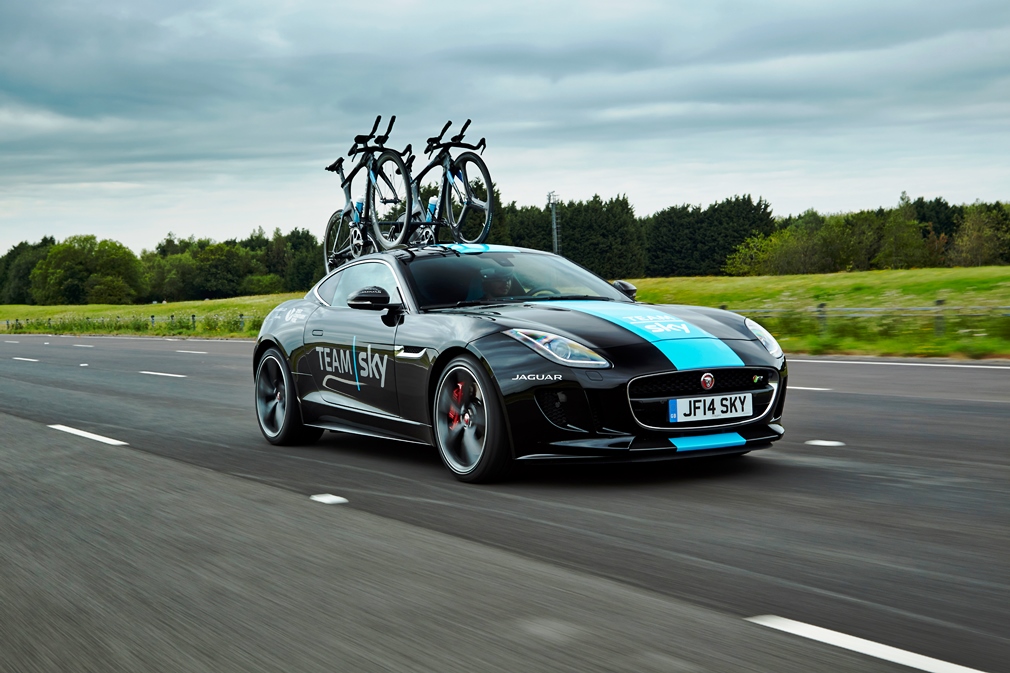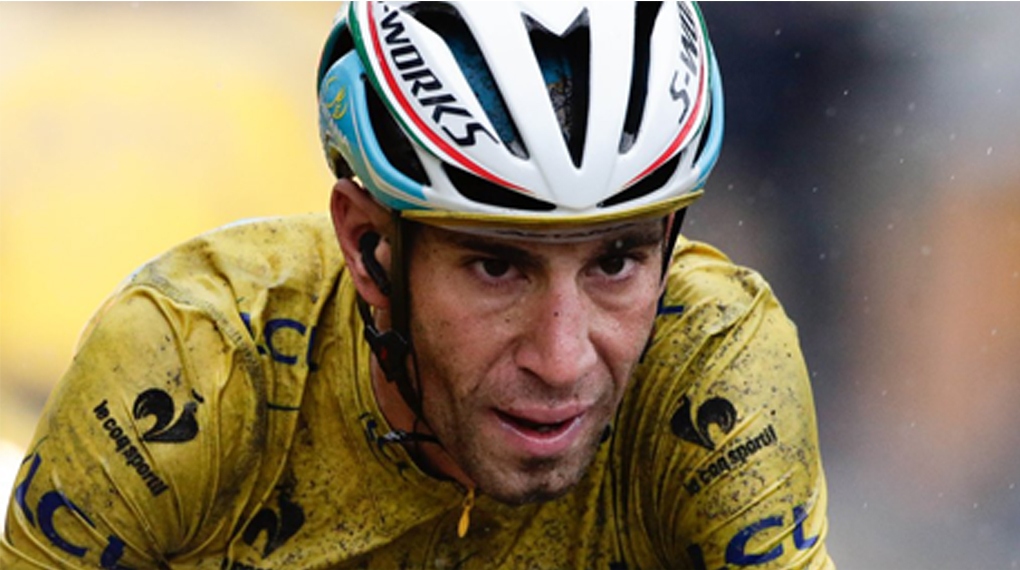With the Grand Depart of the 101st Tour de France made on home soil, coverage in the UK media has been greater than ever, not only with the race having begun in Yorkshire, but also thanks to arguably Britain’s finest generation of professional cyclists aiming for more success in cycling’s greatest race.
Yet each year at the Tour, an area of professional cycling that does not gain coverage, but is key to the financial necessities of the sport, moves into overdrive. While TV coverage of the race provides the all-important shop window for sponsors, the Tour provides the most important sponsor activation platform of the year on a number of different levels. As success at the Tour can make the career of any rider, the same can be said for sponsors and the financial success of teams.
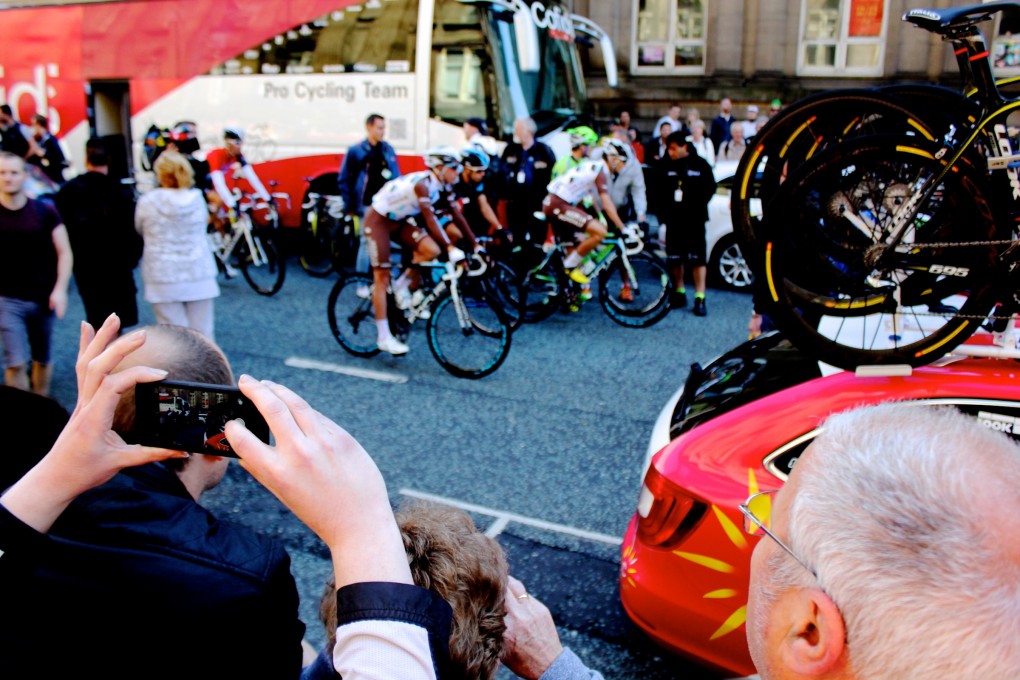
As a short side note, let me first explain what sponsorship activation actually means. Typically, there are two parts to any sports sponsorship. Firstly, the sponsor pays a rights fee, which, depending on the amount invested, will buy title sponsorship of the team and place the company’s name on the jersey. The second part is to use the sponsorship as a platform to engage with the company’s intended audience (and more often than not to persuade them to buy their product) and it’s this part that’s described by the phrase ‘activation’.
So, to return to the race, just what exactly is going on each day that you don’t see? For starters, the Tour provides a number of ways for teams and sponsors to ‘activate’, including additional advertising on leaders’ jerseys, finish banners and race vehicles. Each day, the race organiser, the ASO, offers a number of different VIP hospitality areas, priced variously, at which teams can entertain sponsors and their guests. For the most important VIPs, there’s a unique helicopter experience, which takes guests above the race before being shuttled back to the finish line hospitality in time to watch the race finish.
At Slipstream, we were one of the only teams to give sponsors a chance to ride the last 50km or so of the route ahead of the race. Providing a sponsor with a team bike, full team kit, support car and the experience of riding the final climb of the day, packed with spectators, just hours before the pros came through really was a money-can’t-buy experience designed to impress. It still provides one of the best ways to give sponsors a unique view inside the event that few other sports can match.
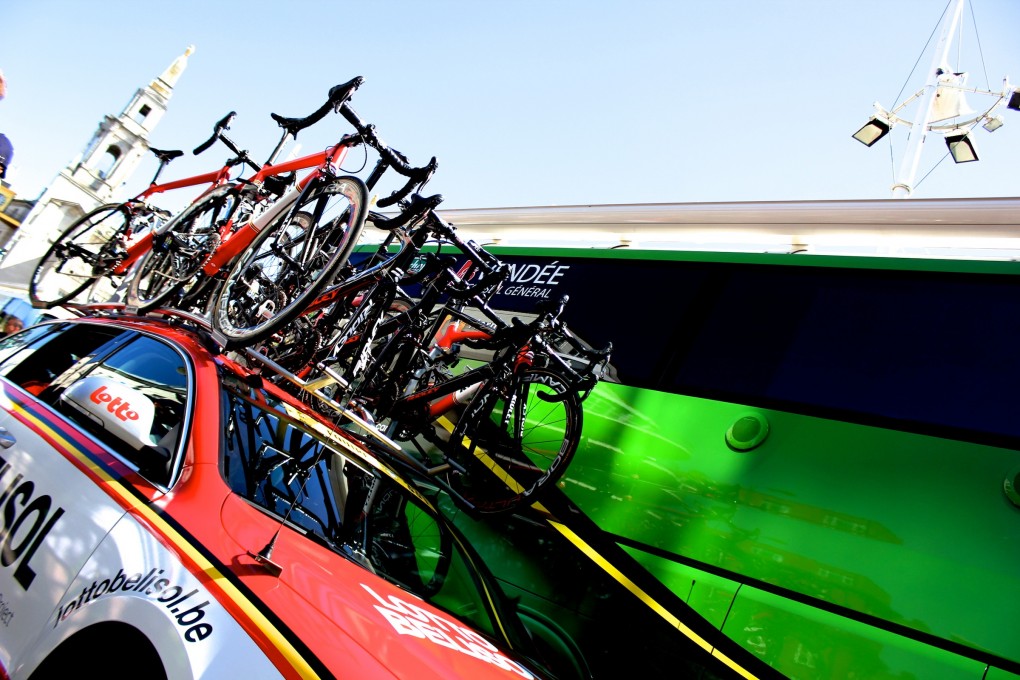
Aside from the day-to-day hospitality, team car rides and VIP riding trips, the Tour frequently provides a platform for one-off events due to its position on the cycling calendar. With all of the world’s cycling media and their sponsored teams and riders in one place for up to a week around the race start, bike manufacturers often use the occasion to launch new models, as we did at Canyon with the launch of the new Aeroad CF SLX in Leeds last week.
The rest days on teh Tour de France may be intended as a break for the riders, but there’s a frenzy of activity behind the scenes on each of the two days. Media commitments are important, and they also provide opportunities for sponsors to get creative and ensure their brand receives valuable coverage during the break from the racing. One of the most successful events we ran at Slipstream was the annual Chipotle Burrito lunch for the team’s rest day press conference. This generated great coverage for the sponsor, no doubt helped by the cycling media craving an alternative to their normal race day diet of mediocre French hotel food.
On the second rest day, the normal media activity is heightened by the undercurrent of rider contract negotiations as deals are done for the following season. Clearly, this places even more pressure on riders to secure what could be a contract-guaranteeing stage victory at a crucial point in the season.
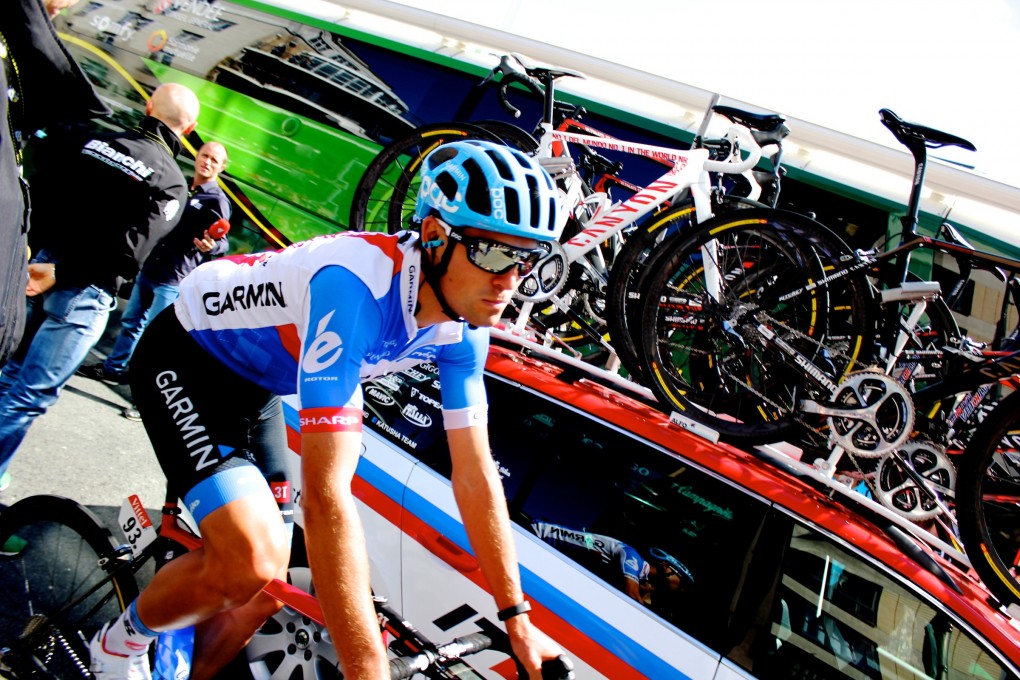
In addition to rider contracts, sponsorship contracts enter a critical phase during the Tour. As we’ve already mentioned, a stage victory can ensure a rider contract for the following season, but the same can be said for sponsorship deals with teams looking to lock down deals with new sponsors. Bringing in the top brass of a potential corporate sponsor able to provide major backing for a team car ride on a day your star rider wins a stage can be the final step to penning a deal for next year. Just make sure you don’t leave them on their own in the race hospitality area for another team to get their hands on!
So, while you’re watching the Tour this year, on the edge of your seat at some of the performances of your favourite start riders, spare a thought for the team staff biting their nails over the business implications of the very same performances. Some will inevitably pull off some big deals at the race while others fall by the wayside. Whether or not the bias towards the Tour is justified, and certainly a more healthy balance through the year would be smarter, it’s the stark reality of the sport today. To paraphrase another recent trend, these are “the rules” which need to be feared, respected and above all played by to the best of your ability in the month of July.
About the author: Alex Palmer is the former Sponsorship and Marketing Director for Slipstream Sports, the management company of the Garmin-Sharp Pro Cycling team. He currently runs the UK subsidiary of Canyon Bikes, who sponsor both the Katusha and Movistar UCI WorldTour teams.


